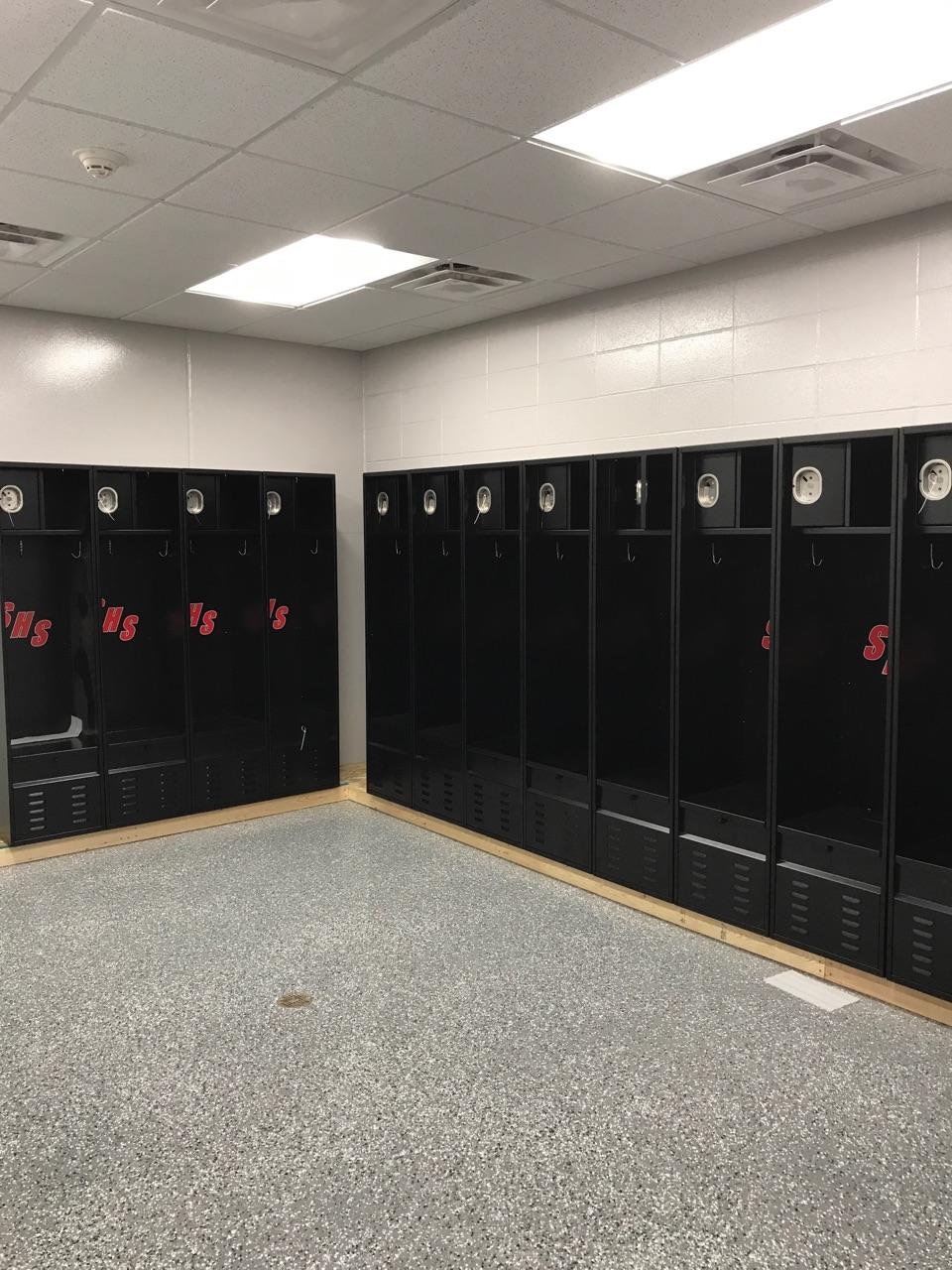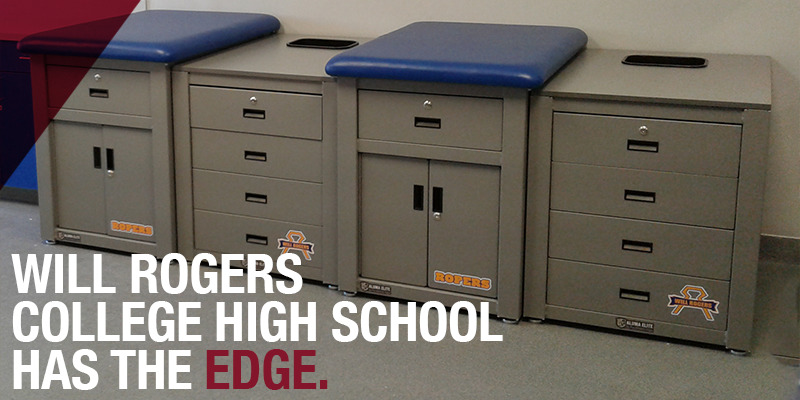Summer sports and dehydration
When school ends for the summer, summer and fall athletic practices are just getting started. The anticipation for athletes to return to the practice field is a century-old tradition; gearing up in pads and helmets dreaming of the "Friday night lights." Even though their opening night is months away, they are putting their energy and hearts into the effort, hoping for gridiron glory.
This blog was curated from an article written by Dr. Denise A. Valenti which was published on August 21, 2017 via exclusive.multibriefs.com and can be found here.
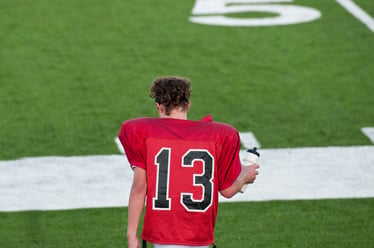 via shutterstock.com via shutterstock.com |
But for a few, the season will end with tragedy. There are, on average, 12 deaths among high school and college football players on a yearly basis. The first two weeks of practice, with the intense heat, are the most dangerous.
A study conducted by the University of Georgia reviewed the data reported to the National Center for Catastrophic Sports Injury Research (NCCSIR) from July 1990 through June of 2010. The authors identified 243 football-related deaths, which averaged out to be 12 deaths per year or 1 death per 100,000 football players.
Of these deaths, 79 were related to trauma. However, indirect or non-trauma-related fatalities were twice as likely as an injury trauma fatality. The athletes involved in athletics at the college level were close to three times more likely to have a fatal event than those at the high school level.
The fatalities that were not caused by trauma were heat-related illnesses, with 38 deaths reported and sudden cardiac death in 100 athletes. Most of these occurred during practice rather than a game. The explanation is that practice sessions may be more intense.
Many of the heat-related deaths took place in the South during preseason play, and some occurred during two-a-day practices. Kelly Dougherty, M.D., an assistant professor of pediatrics at the University of Pennsylvania Perelman School of Medicine, commented on the deaths related to heat.
"These are preventable deaths," she told the New York Daily News. "This article highlights the urgent need for future research studies that would investigate children's and especially football players' body temperature responses during practice (and) during games."
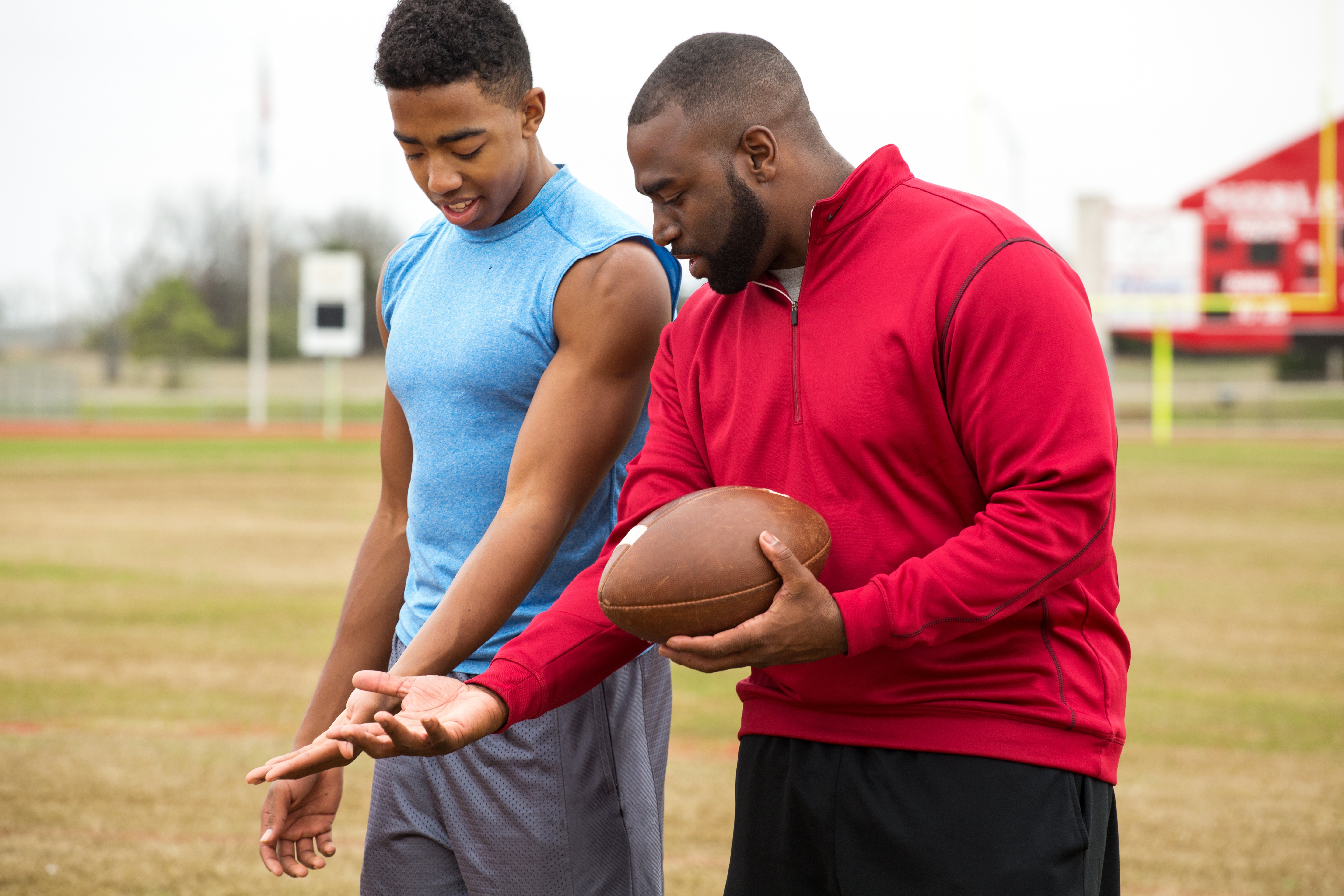 shutterstock.com shutterstock.com |
Dougherty studies heat-related sports injury.
"We have so few data to guide policy, to guide recommendations, and we really don't have a good idea of body temperature responses in the field," she said.
Research is encouraged in order to better understand how to prevent the heat-related deaths in football. Risk factors include hydration status, obesity, level of fitness, time of day, location and equipment status.
Assessments of college athletes showed a lack of understanding and compliance among athletes when it comes to proper hydration. This indicates that education and supervision to assure adherence to recommended hydration can help lower the risk. A motivating element may be the understanding on the part of the athlete that proper hydration may contribute to better performance.
Bright lights and hopes of glory are some of the motivating factors for athletes. Keeping the play safe and athletes healthy should be the goal at all levels of play.
The tragedy of a heat-related athlete death can impact an entire community. The tragedy can be prevented with proper education, coach involvement, and habits.
--
The Athletic Edge offers many solutions to improve the performance and wellness of all athletes. Shop our hydration carts and bring THE EDGE to your sideline.


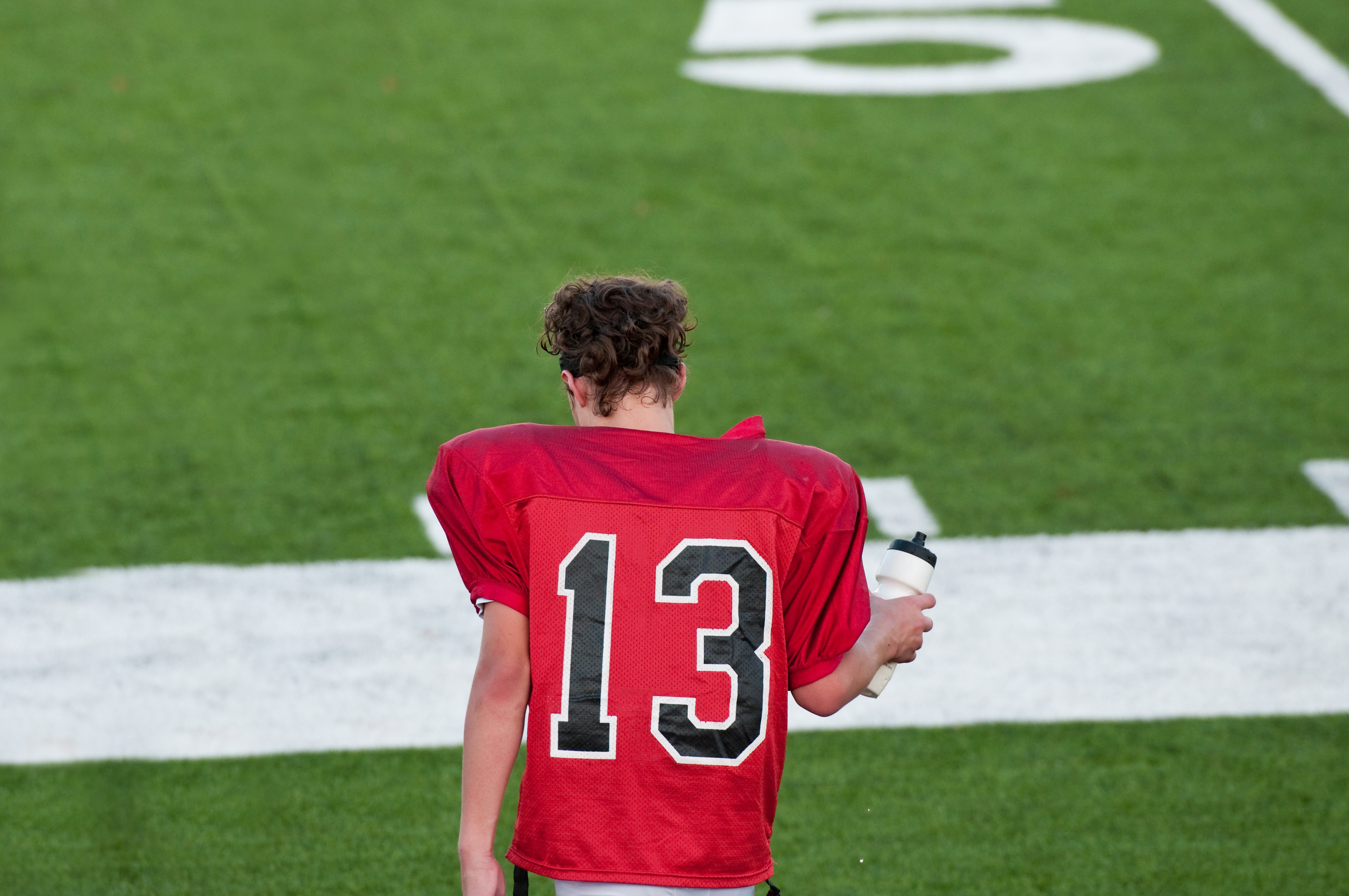


.webp)

